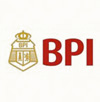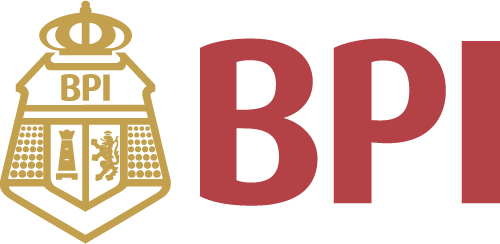All Categories










Sulfite SO3 Drop Test Kit 1 drop is 6 ppm Features
-
Packaged in rigid carrying case enabling use in the field
-
Easy to follow instructions with pictures come with every kit
-
Enough reagents for running 60-75 tests
-
Everything you need to perform the test is in this kit, no need for extra equipment or chemicals
-
Once the sample is clear your titration is done, this minimizes the subjectivity of a color chart based test
About Sulfite SO3 Drop Test Kit 1 Drop Is 6 Ppm
This sulfite test kit can be used to verify the level of sulfite (SO3) in a water sample. It is popular for industrial water treatment testing because SO3 is an oxygen scavenger and can be fed into aerators to maintain optimal water quality. This kit is used for industrial applications it will not work for red wine or other highly pigmented liquids. This kit is essential for any application requiring secondary validation and comes with approximately 60-75 tests. Recommended range: 18-120 ppm Each drop represents 6 ppm. INSTRUCTIONS: Cool the sample to room temperature Run the test immediately after collecting and cooling the sample. Rinse vial three times with sample to be tested. Fill vial to 25 mL. Add 1 drop of Phenolphthalein Indicator and swirl to mix. The sample should turn pink. Add Starch Acid Powder one scoop at a time, swirling after each scoop, until the sample color changes from pink to colorless. Then, add two more scoops. Add Sulfite Titrant one drop at a time while swirling. Count the number of drops until the sample color changes from colorless to blue. # drops x 6 = ppm as SO3 Interferences: All oxidizable substances such as Organic Matter, Sulfides and Nitrites, are positive interferences. Metals, namely copper, can stop or slow the chemical reaction. Adding one Sulfamic Acid powder pillow to the sample immediately following collection will minimize the interference. Sample should be covered and cooled to room temperature before testing. Exposure to air can be a negative interference.
























